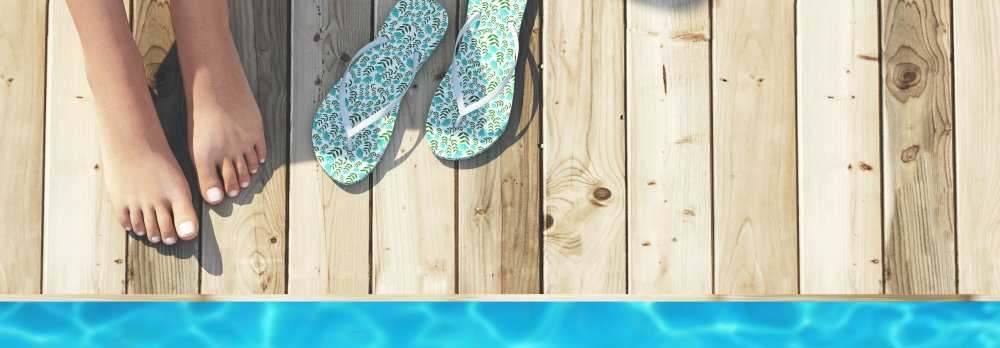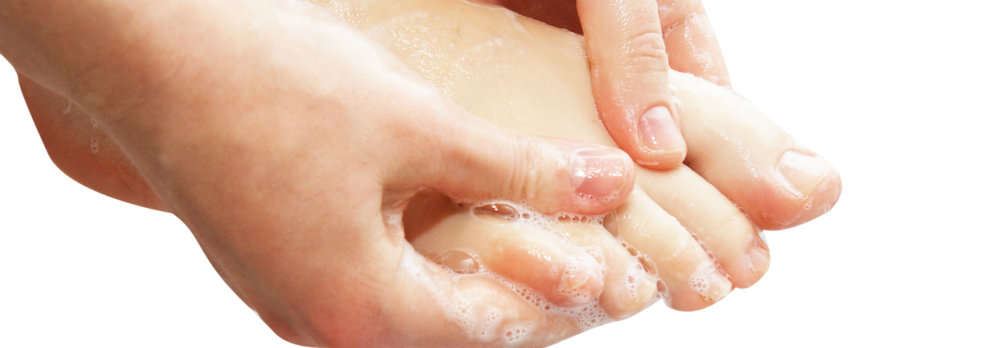Plantar Wart Prevention
Warts are embarrassing, unsightly, and can even cause pain, but we have some good news for you – these viral growths are generally harmless and will go away on their own in time. Now, “in time” can mean up to a couple of years, so your best course of action is to have plantar warts treated.
Fortunately, wart removal is one of the many foot and ankle services we provide at Capital District Podiatry!
Warts are rather common—most people deal with at least one at some point in their lives—and seem to develop quickly, so it’s easy not to give much thought to their origins. Knowing what causes warts, though, is important for knowing how to prevent them.
Contrary to some myths and misconceptions, warts are caused by a virus known as human papillomavirus (HPV). More accurately, they are caused by certain strains of HPV (which has over 100 different kinds).
Further, a strand of this virus that causes a plantar wart for one person might not do the same for someone else. Even siblings and other family members might have a different response to the same strand of HPV that led to a wart for their loved one.
HPV thrives, and is often transmitted, in environments that are damp and warm. For this reason, a major plantar wart prevention tip is to protect your feet areas like gym locker rooms and showering areas, and indoor pool decks.

We certainly encourage you to go to health clubs, pools, and gyms to get exercise, but make sure you wear sandals or shower shoes when changing or walking around. This helps you avoid contact with the virus.
Another way the virus can be contracted is by making contact with someone else’s wart. In the event you accidentally touch one or are attending to an afflicted child, make sure you wash your hands or whatever area was exposed.
In addition to skin-to-skin contact, the HPV can be passed along by items. This means you shouldn’t share someone else’s socks, shoes, towels, razors, or other such itemsif you want to lower your risk of having a plantar wart.
Whereas there is a certain risk factor for picking up the virus in a public place, the odds are even greater if a family member has a wart. In order to prevent the viral growths from spreading within your family, here are some preventative measures you can take:
- Keep the wart dry and your feet clean. Moisture allows the virus to thrive and spread more easily.
- Wash your hands after exposure. Do not pick at or make direct skin contact with a wart. Use an antibacterial soap and warm water to wash away any viral contamination in the event you do.
- Change your footwear daily, especially your socks. Socks and shoes can trap in moisture during the course of the day and potentially become contaminated. Wearing fresh socks every day—and making sure worn ones are washed prior to the next time they’re worn—is especially beneficial in reducing wart risk (even if it can be a challenge with some children and teens!).
- Cover the wart with a bandage. This can help prevent the common temptation to pick at the wart, which can lead to the HPV spreading.
- Have your wart removed. Warts will actually disappear in time, but this can take as long as a couple of years. Instead of waiting, simply schedule an appointment with our office and we can remove the plantar wart for you!

With regards to warning signs and symptoms you should know—so you can identify a current problem (since it is difficult to completely eliminate all wart risk)—the bumpy growth tends to be the most obvious symptom.
The specific appearance of a wart will vary, depending on what type it is. For plantar warts, you will typically find one to be a rough, fleshy growth located on the bottom of the foot. If you are able to look closely at one, you will possibly see black spots. These are often believed to the wart’s seeds, but this is actually another myth. Warts do not have seeds and you are merely observing the ends of tiny, clotted blood vessels.
As noted, plantar warts are “generally harmless,” but they can cause discomfort, tenderness, and even pain while walking or simply standing. This can be attributed to their location on the underside of a foot more than anything else. If you are experiencing pain or discomfort, or you notice a change in appearance or color, be sure to contact us and arrange a visit with either our Troy or Clifton Park offices.
In the event you—or any of your family members—are in need of professional wart removal services, contact our team at Capital District Podiatry today and request an appointment by calling (518) 273-0053.
If it’s easier for you, please feel free to contact us online right now and we will be in contact with you!
Troy Office
763 Hoosick Rd.
Troy, NY 12180
Clifton Park Office
855 Route 146 | Suite 150
Clifton Park, NY 12065
© Capital District Podiatry, LLC. All Rights Reserved.
Notice of Nondiscrimination | Privacy Policy | Terms & Conditions
